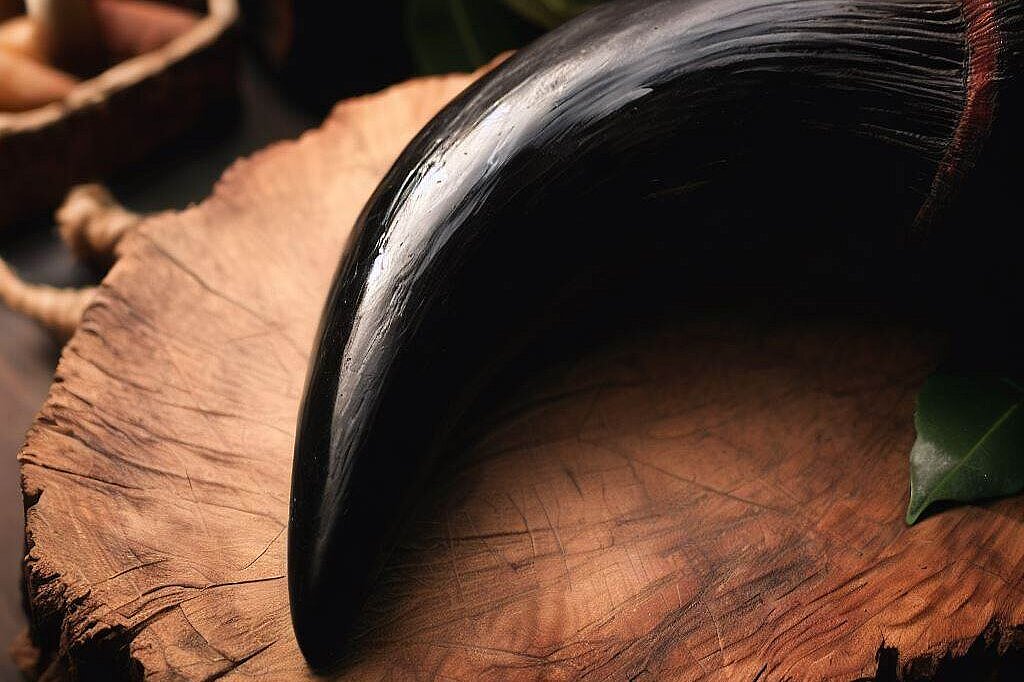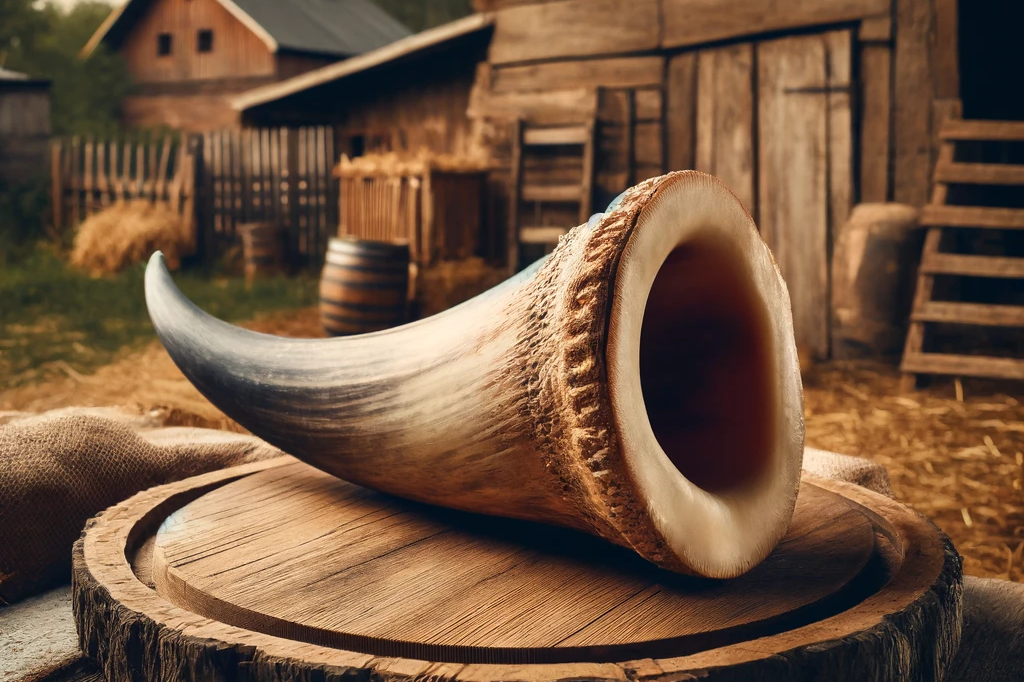Goat horn
What is goat horn?
Goat horn is the horn of a goat that is harvested after natural shedding or slaughter. It is cleaned, dried and cut into different sizes to be used as a chew toy for dogs. Goat horn is hard and dense, but not as hard as antler or bone. It becomes soft and fuzzy when your dog chews on it, making it safer and more enjoyable.
What are the benefits of goat horn for dogs?
Goat horn has many benefits for dogs who love to chew. Here are some of them:
- It's high in protein and low in fat, which is good for your dog's diet.
- It is high in calcium and phosphorus, which are important for strong and healthy bones and muscles.
- It prevents the formation of tartar and keeps your dog's gums and teeth clean.
- It provides mental stimulation and prevents boredom and destructive behavior.
- It is long-lasting and keeps your dog busy for hours.
- It is natural and free from artificial flavors or preservatives.
What are the disadvantages of goat horn for dogs?
Goat horn is not perfect and also has some disadvantages that you should be aware of. Here are some of them:
- It can start to smell after chewing, which can be unpleasant.
- It may be too hard for young or older dogs that have sensitive teeth.
- It may be too big or too small for your dog, depending on his size and chewing behavior.
- It can cause an intestinal blockage if your dog eats too much of it or swallows large pieces.
- It can break or chip teeth if your dog bites or gnaws on it too aggressively.
How do you give your dog goat horn?
When giving goat horn to your dog, you should follow some tips to make sure he enjoys it safely and appropriately. Here are some of them:
- Choose a goat horn that fits your dog's size and chewing behavior. It shouldn't be too small that he could swallow it, or too big that he couldn't chew it.
- Always supervise your dog when he is chewing on the goat horn to protect him from choking or injury.
- Replace the goat horn regularly when it becomes worn or dirty.
- Limit the amount of time your dog chews on the goat horn to avoid straining his gastrointestinal tract.
- Always offer your dog fresh water when he is chewing on the goat horn.
Goat horn is a great chew for dogs that offers many benefits. It is natural, nutritious and long-lasting. It also helps keep your dog's teeth and bones healthy. However, you should also be aware of the disadvantages of goat horn and be careful how you give it to your dog. By following these tips, you can give your dog a safe and enjoyable chewing experience with goat horn.
If you notice any signs of hypersensitivity or poisoning in your dog, you should see your vet immediately. We are not a substitute for a vet, but we try to be as accurate as possible. Every dog reacts differently and we recommend you get a second opinion or consult your vet if in doubt.
Stay healthy and take good care of your four-legged friend!😊
Similar to Goat horn
Buffalo horn is, as the name suggests, the horn of a buffalo. It consists of keratin, a protein that is also found in the hair, nails and hooves of animals. The horn grows for a lifetime and is not...
Bovine horn is the horn from cattle that is cleaned and dried after slaughter. It is a hard and natural material that contains no artificial additives. The horn consists of keratin, a protein that...
Sheep horn is the horn from sheep that is separated and dried after slaughter. It consists of keratin, a protein that is also found in hair, nails and feathers. Keratin is very stable and resistant...
Water buffalo horn is, as the name suggests, the horn of a water buffalo. Water buffalo are large cattle that live mainly in Asia and Africa. They are kept there as livestock and provide milk, meat...



